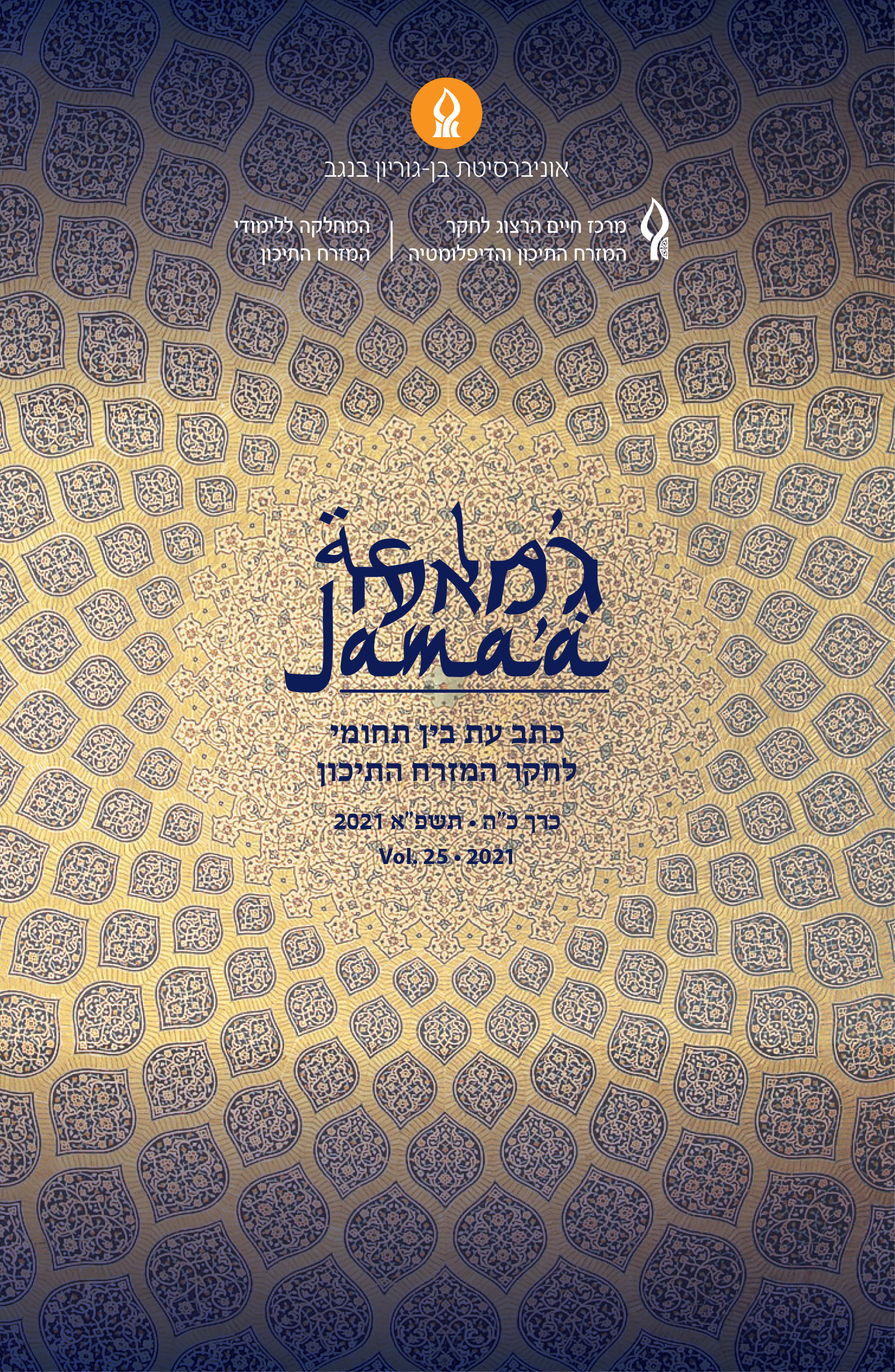Between Tanzimat and Emancipation
Competing Discourses of Modernity in the Writings of R. Yosef Hayyim of Baghdad
DOI:
https://doi.org/10.64166/d58a2v80Abstract
Following the institution of the Tanzimat in 1839, the Ottoman Mashriq evolved into a contact zone where different understandings, interpretations, and discourses emerged regarding these reforms. The European powers saw themselves as defenders of the non-Muslim Ottoman communities, and understood the reforms as part of a transformation from a despotic Islamic polity to a progressive European-Christian one. On the other hand, the discourse advanced by the Sublime Porte framed the reforms as an integral part of the attempt to safeguard the unification of the empire as a political unit. These varying discourses reflected the various understandings within the local communities of their own status and roles within the developing political framework. In this article, I examine this contact zone of Tanzimat discourses through discussion of the writings of one of the well-known sages of the Baghdadi Jewish community, R. Yosef Hayyim (1834-1909). I focus on the various ways in which he depicted the contested discourses of modernity, while also relating to other Baghdadi Jewish perspectives on this issue. I argue that while Hayyim rejected the European emancipatory model—identifying it as a false approach to Jewish redemption—he did adopt, though hesitantly, the Ottoman model of the Tanzimat, which he identified as an initial stage for redemption.
References
Downloads
Published
Issue
Section
License
Copyright (c) 2020 Jama'a: an Interdisciplinary Journal of Middle East Studies

This work is licensed under a Creative Commons Attribution-NonCommercial 4.0 International License.





